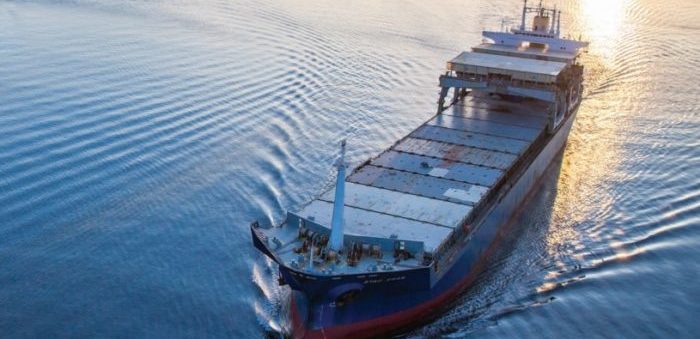The Vancouver Fraser Port Authority has released its third Port Emissions Inventory report, which indicates air pollutant emissions have decreased significantly since 2010, as a result of stronger regulation and investment in technology, despite an increase in trade through the port.
The report presents an estimate of air emissions associated with activity at the Port of Vancouver. It provides detailed estimates of emissions by type for 2015, as well as a backcast to 2010 and forecast to 2030. It also includes an overview of the Port Authority’s initiatives to reduce emissions and encourage energy conservation at the Port of Vancouver.
Between 2010 and 2015, smog-forming pollutant emissions decreased by 30%, primarily as a result of regulatory changes affecting sulphur oxide and fine particulate matter emissions from marine, non-road, on-road and rail sources. Emissions are forecast to decrease by another 32% by 2030 due to regulatory changes affecting nitrogen oxide emissions, the report shows.
Although port cargo throughput is expected to rise, these regulations will offset a corresponding rise in emissions, resulting in a significant reduction in both the total smog-forming pollutant emissions and the emissions intensity, per tonne of cargo throughput.
Highlights
- Between 2010 and 2015, sulphur oxide (SOX) emissions decreased dramatically, a direct result of international regulations limiting the sulphur content in ship fuel.
- Port-related nitrogen oxide (NOX) emissions decreased slightly from 2010 to 2015 and are forecast to decrease by about 40% by 2030 despite projected increases in cargo traded.
- Port-related fine particulate matter emissions (PM2.5) decreased by 68% from 2010 to 2015 due to IMO’s introduction of the North American Emission Control Area for marine vessels in 2012.
- Total volatile organic compound (VOC) emissions from port activities decreased by 3% between 2010 and 2015. Emissions are forecast to decrease another nine per cent by 2020.
- The intensity of port-related greenhouse gas (GHG) emissions – measured as emissions per tonne of cargo – has decreased since 2010. The port predicts 0.85 kg less GHG emissions will be released per tonne of cargo in 2030 than in 2015. This 11% decrease is due to improvements in engine and equipment efficiency.
- Black carbon emissions decreased by 66% between 2010 and 2015 as a result of fuel sulphur regulations that came into effect during this period.
The report presents the port’s initiatives to facilitate emission reductions from 2007. The port brings together port users, supply chain partners and other stakeholders to share information, identify opportunities, and implement solutions that improve the efficiency of cargo movements.
“Sustainability has always been a part of our federal mandate, and a consistent theme driving us to create a better port,” said Duncan Wilson, vice president of corporate social responsibility at the Vancouver Fraser Port Authority. “We are committed to protecting air quality and minimizing greenhouse gas emissions, and we have undertaken a number of initiatives to support that goal.”
Explore more by reading the full report:































































